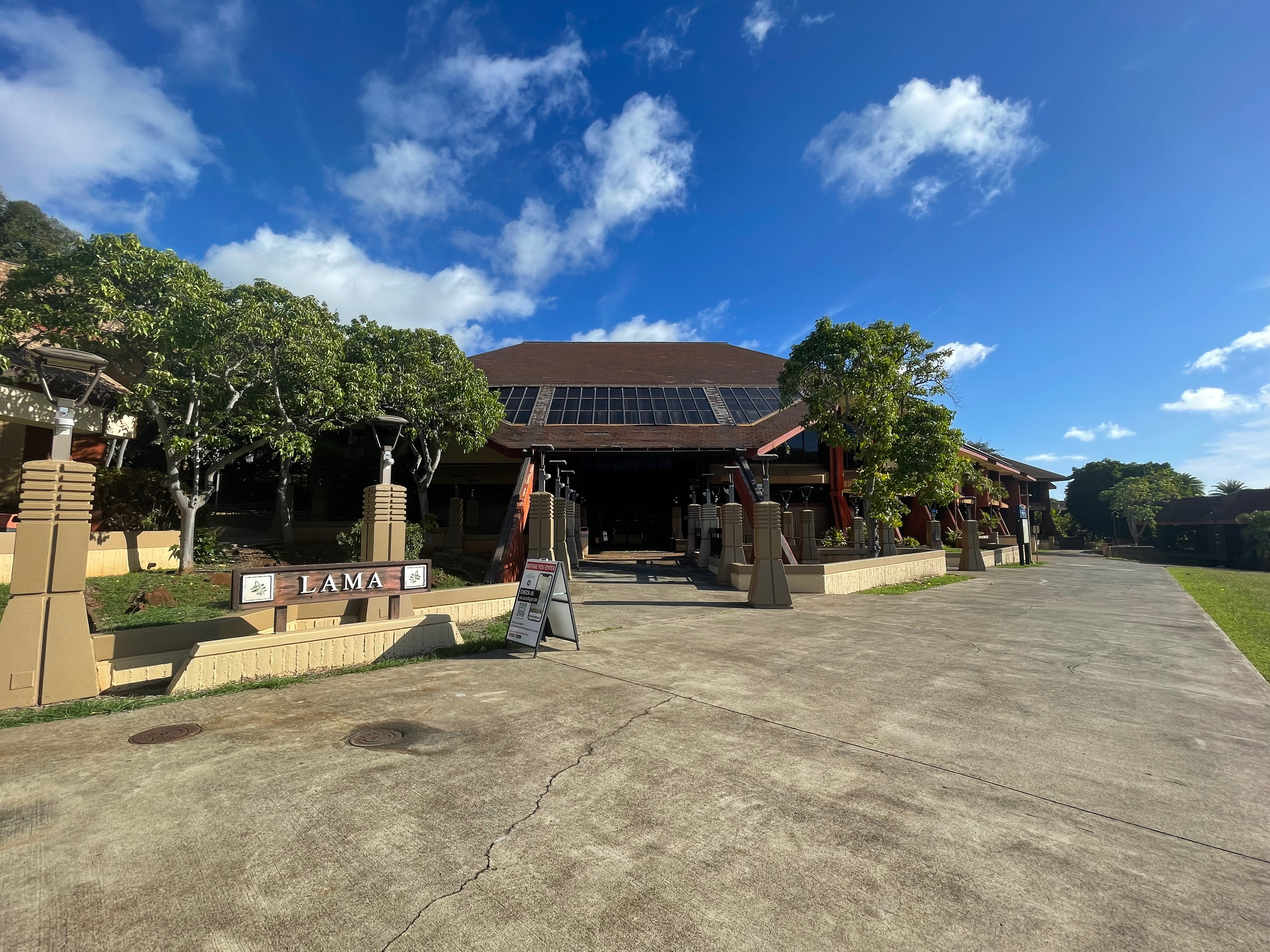
Minnesota Historical Society. (2015, Sep 14). Primary vs. Secondary Sources. (4 min. 18 sec.)
The American Library Association states that "primary sources are the evidence of history, original records or objects created by participants or observers at the time historical events occurred or even well after events, as in memoirs and oral histories."
Examples of primary sources include (but are not limited to):
Secondary sources are written some time after an event by people who were not present at the time, and did not directly witness the events they are describing. Secondary sources are one step removed from what's being described and often use primary sources to analyze or interpret history.
Examples of secondary sources include (but are not limited to):

Telephone: (808) 734-9359
Facsimile: (808) 734-9453
Text a Librarian: (808) 201-2986
E-mail: kapccref@hawaii.edu
Facebook: www.facebook.com/kcclibrary
Instagram: instagram.com/kcclibrary - #kcclibrary
Blog: guides.library.kapiolani.hawaii.edu/blog